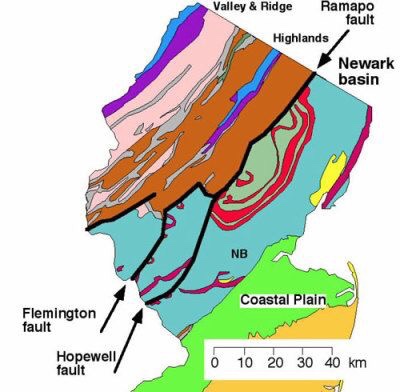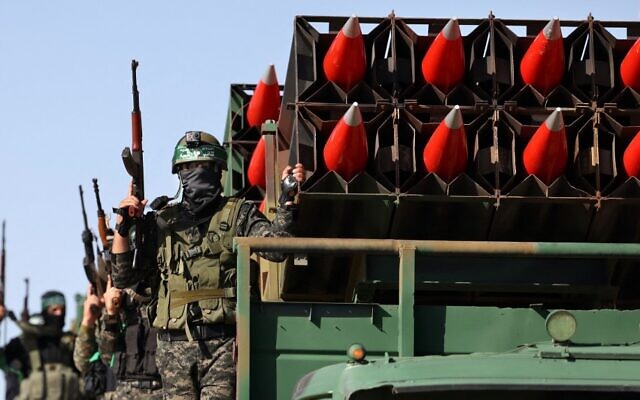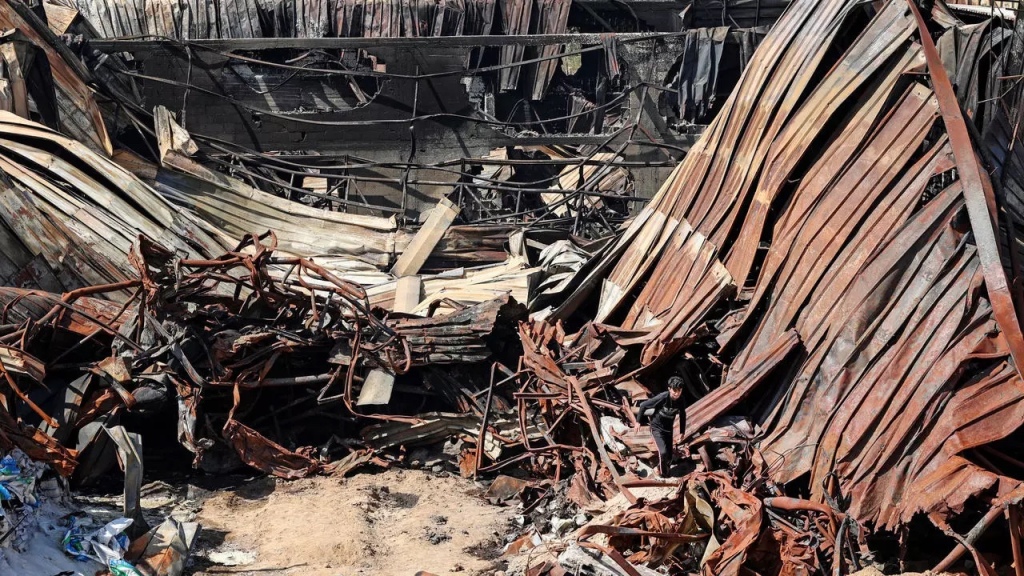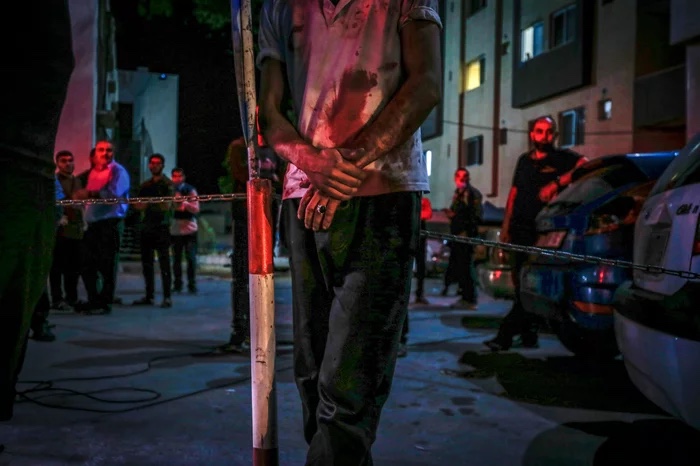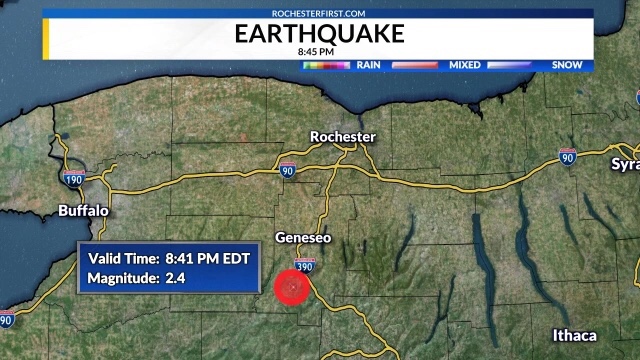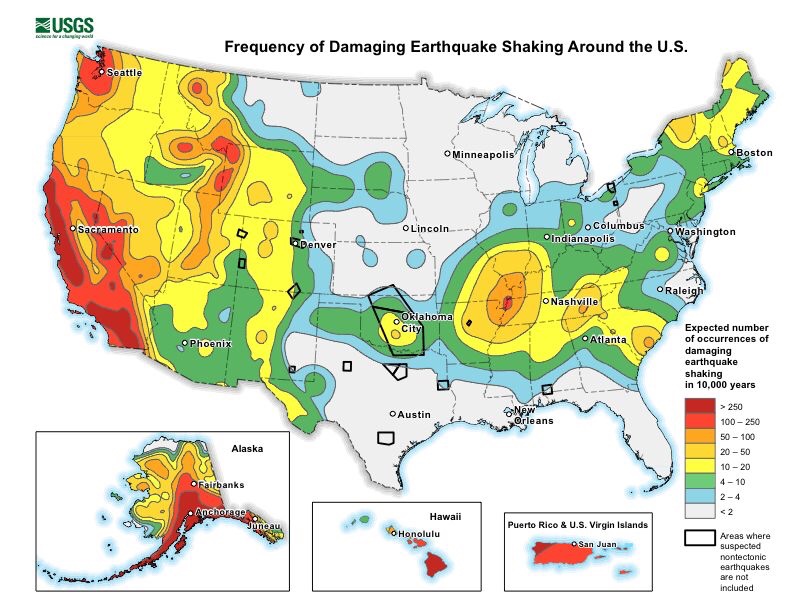27/05/2021 – 13:02
Geneva (AFP)
Israel’s recent deadly air strikes on Gaza may constitute war crimes, the UN rights chief said Thursday, as countries discussed launching a broad, international investigation.
Addressing a special session of the United Nations Human Rights Council, Michelle Bachelet voiced deep concern about the “high level of civilian fatalities and injuries” from the attacks on Gaza.
“If found to be indiscriminate and disproportionate in their impact on civilians and civilian objects, such attacks may constitute war crimes,” she warned.
She also said her office had “not seen evidence” that the buildings targeted in Gaza, including residential homes, medical facilities and media offices, were “hosting armed groups or being used for military purposes”, as claimed by Israel.
Bachelet also stressed that rockets fired by Hamas were “indiscriminate and fail to distinguish between military and civilian objects,” and were thereby “a clear violation of international humanitarian law.”
The UN High Commissioner for Human Rights made her statement at the start of a special one-day council session focused on the recent flare-up of violence.
Before a truce took hold last Friday, Israeli air strikes and artillery fire on Gaza killed 254 Palestinians, including 66 children, and wounded more than 1,900 people in 11 days of conflict, the health ministry in Gaza says.
Rocket and other fire from Gaza claimed 12 lives in Israel, including one child and an Arab-Israeli teenager, medics say. Some 357 people in Israel were wounded.
– ‘Root causes’ –
At the rights council, countries were debating a proposal to set up a broad, international investigation into violations surrounding the latest violence, but also into “systematic” abuses in the Palestinian territories and inside Israel.
The proposal calls for an unprecedented level of scrutiny on abuses and their “root causes” in the decades-long Middle East conflict.
The draft resolution presented by the Organization of Islamic Cooperation calls for the council to “urgently establish an ongoing independent, international commission of inquiry… in the Occupied Palestinian Territory, including East Jerusalem and in Israel”.
The investigators, the text said, should probe “all alleged violations and abuses” of international law linked to the tensions that sparked the latest violence, but also “underlying root causes of recurrent tensions and instability, including systematic discrimination and repression based on group identity”.
The investigation should focus on establishing facts and gather evidence that could be used in legal proceedings, and should try to identify perpetrators to ensure they are held accountable, it said.
– ‘Purposely raised tensions’ –
Meirav Eilon Shahar, Israel’s ambassador to the UN in Geneva, slammed the session and the draft text, insisting they were yet another example of the council’s bias against Israel.
“Hamas initiated this conflict,” she said, insisting the “terrorist organisation that glorifies death” had “purposely raised tensions in Jerusalem to justify its attack.”
Pointing to the 4,400 rockets launched on Israeli cities, she urged the council not to “embolden and reward Hamas” for such behaviour, and stressed that “Israel has the right to defend itself”.
Palestinian foreign minister Riyad al-Maliki hit back at that claim, telling the council “we refuse to equate between the coloniser and the colonised.”
Accusing Israel of instituting “an apartheid system based on the forced displacement of our people,” he insisted that “the right to self defence and the right to resist occupation is a right we have as the Palestinian people.”
– Open-ended investigation –
If the resolution passes, it would create the council’s first ever open-ended commission of inquiry (COI) — the highest-level investigation that can be ordered by the council.
Other COIs, like the one on Syria, need their mandates renewed every year.
And while the council has previously ordered eight investigations into rights violations committed in the Palestinian territories, this would be the first one with a mandate to examine “root causes” in the drawn-out conflict, and also to probe systematic abuses committed within Israel.
It remains unclear if there will be enough support in the council to pass the resolution.
Twenty council members were among the 66 countries that backed holding the special session.
Thursday’s session marks the 30th extraordinary meeting since the Human Rights Council’s creation 15 years ago.
It will be the ninth focused on Israel, which has long complained it faces bias in the council.
© 2021 AFP
